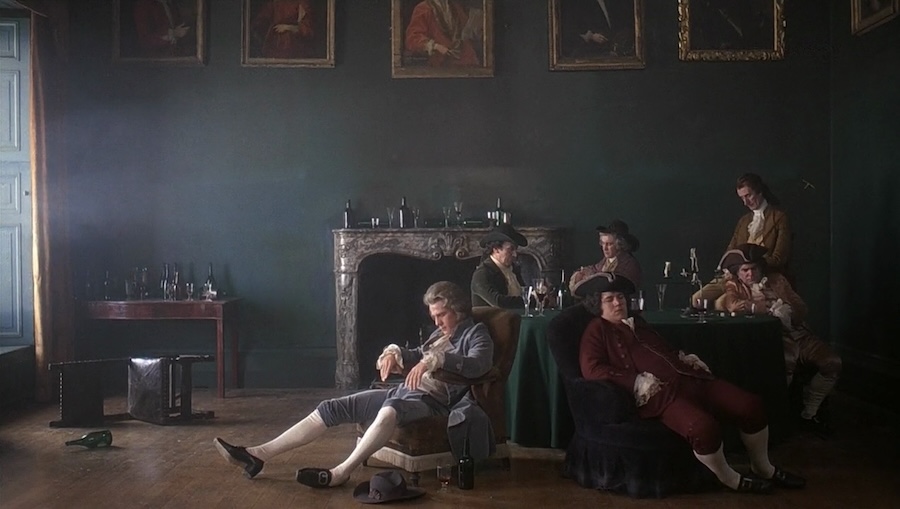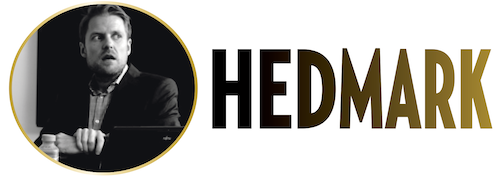
GREAT WAS HIS RISE… AND MUCH GREATER HIS FALL.

After A Clockwork Orange (1971), Stanley Kubrick became interested in adapting a novel from the 1800s, William Makepeace Thackeray’s ”Vanity Fair”. When he found out that a TV adaptation was being produced, he abandoned the idea… but started reading another Thackeray novel, ”Barry Lyndon”. That would be his next project, a costume epic. If Kubrick was never going to get that Napoleon movie he dreamed about made, then this would be close enough.
Killed in a duel
In 1750s Ireland, Redmond Barry’s (Ryan O’Neal) father is killed in a duel, leaving his wife and son little. As a young man, Redmond falls in love with his beautiful cousin Nora (Gay Hamilton), but she chooses a British officer of better means, Captain John Quin (Leonard Rossiter). The conflict between Redmond and Quin escalates, and after having shot Quin in a duel Redmond leaves the countryside and heads for Dublin in order to escape police. He ends up joining the British Army where he learns a surprising truth about that duel… and is sent to Germany to fight in the Seven Year’s War, a conflict barely anyone understands.
Stunning views of the landscape
This was hardly the first movie Kubrick made that was technically outstanding, but that’s exactly where we should begin. John Alcott very deservedly won an Oscar for his cinematography. The look of the film is obviously very beautiful, with stunning views of the landscape, which is especially impressive since Alcott and Kubrick reportedly had weather issues throughout the shoot. Some of the arrangements may look familiar, which is because they’re based on paintings by William Hogarth and Thomas Gainsborough. Some of the interior scenes were lit only by candlelight, which was made possible thanks to a special lens.
Barry Lyndon does feel like it came straight out of the 1700s; production designers Ken Adam and Roy Walker, along with costume designers Milena Canonero and Ulla-Britt Söderlund, added to the look and style of King George III’s era, and shooting exterior scenes in Ireland, England and Germany contributed to the film’s authenticity. Leonard Rosenman’s scoring was another technical triumph that conjures emotions in brilliant ways; the classical music is instantly recognizable (especially Händel’s ”Sarabande”), but ingeniously arranged to serve as undercurrents in certain scenes, including a duel where tension is ramped up because of how discreetly but effectively the music is used.
Ryan O’Neal’s performance is serviceable, capturing the cocky youthfulness of young Redmond as well as the cold maturity of the older Barry Lyndon.
The supporting cast is uniformly fine throughout the film, with Michael Hordern serving as a wonderfully dry narrator. Ryan O’Neal was attacked by critics at the time, and his relationship with Kubrick during the shoot was apparently far from frictionless… but I tend to be more forgiving. His character is experiencing quite the emotional journey over 40 years and O’Neal’s performance is serviceable, capturing the cocky youthfulness of young Redmond as well as the cold maturity of the older Barry Lyndon, deservedly losing our sympathy along the way.
The film is three hours long, but never loses our commitment as it moves slowly through each absurd moment of Barry’s life, often highlighting mannerisms and attitudes of the era that seem curiously alien to us now. Duels are cleverly presented as landmark events for Barry that bring profound change; the way he loses his humanity over the years is chronicled in a fascinating, consequential fashion. Kubrick’s antiwar sentiments, previously on display in Paths of Glory (1957) and Dr. Strangelove (1964), is evident here. This is a tragedy, but a stunningly pretty one.
Barry Lyndon 1975-U.K. 183 min. Color. Produced, written and directed by Stanley Kubrick. Novel: William Makepeace Thackeray. Cinematography: John Alcott. Production Design: Ken Adam. Art Direction: Roy Walker. Costume Design: Milena Canonero, Ulla-Britt Söderlund. Cast: Ryan O’Neal (Redmond Barry), Marisa Berenson (Lady Lyndon), Patrick Magee (Chevalier du Balibari), Hardy Krüger, Steven Berkoff, Gay Hamilton. Narrated by Michael Hordern.
Oscars: Best Cinematography, Scoring, Art Direction-Set Decoration, Costume Design. BAFTA: Best Direction, Cinematography.
Last word: “I believe Thackeray used Redmond Barry to tell his own story in a deliberately distorted way because it made it more interesting. Instead of the omniscient author, Thackeray used the imperfect observer, or perhaps it would be more accurate to say the dishonest observer, thus allowing the reader to judge for himself, with little difficulty, the probable truth in Redmond Barry’s view of his life. This technique worked extremely well in the novel but, of course, in a film you have objective reality in front of you all of the time, so the effect of Thackeray’s first-person story-teller could not be repeated on the screen. It might have worked as comedy by the juxtaposition of Barry’s version of the truth with the reality on the screen, but I don’t think that Barry Lyndon should have been done as a comedy.” (Kubrick, interview with Michel Ciment)
